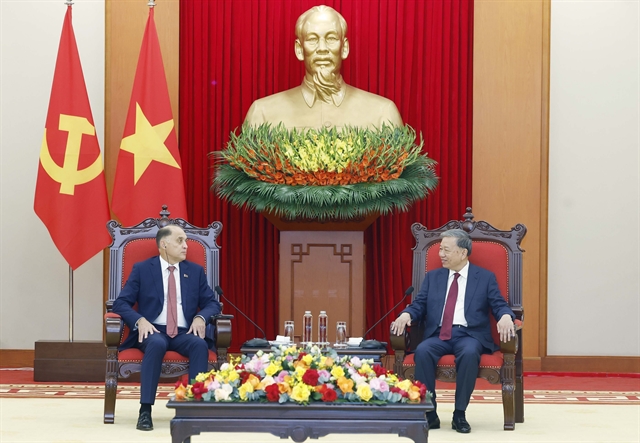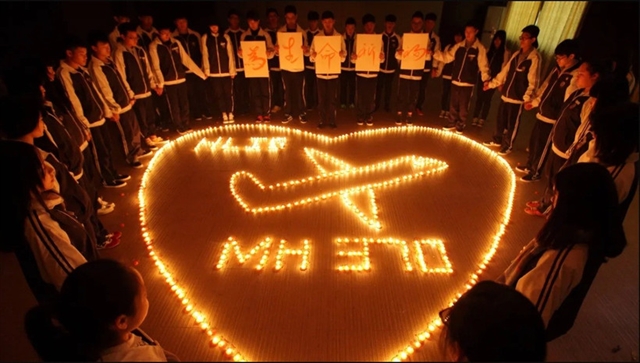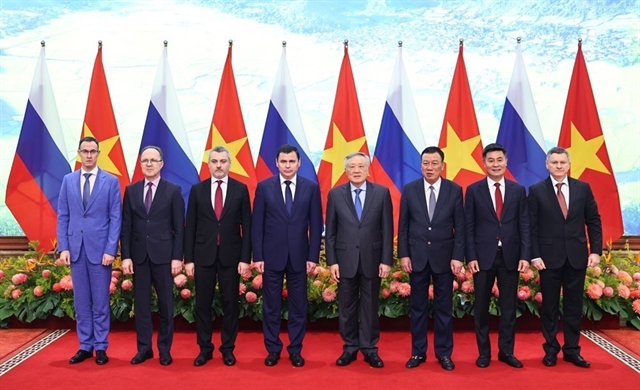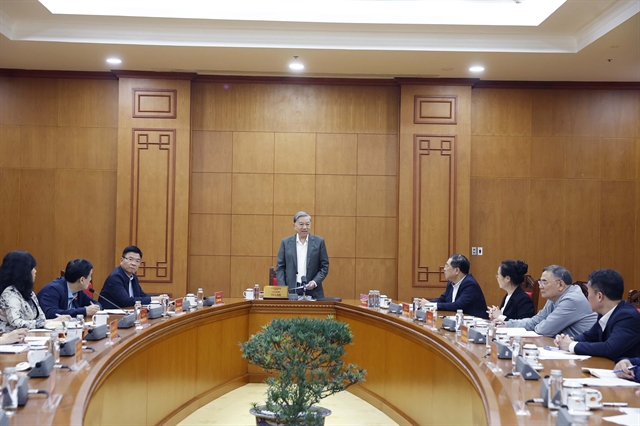 Features
Features
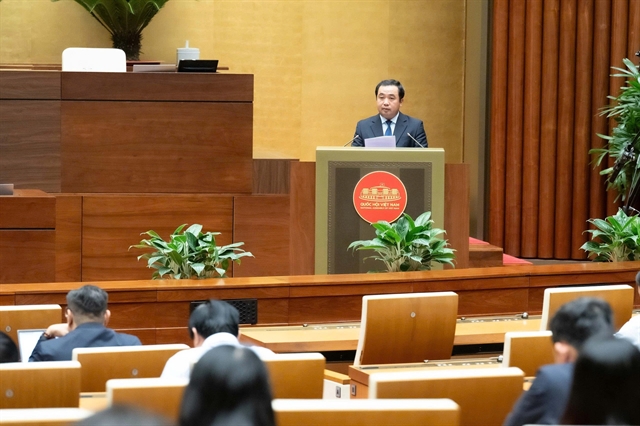
Seoul has many different types of parks, including ecological parks designed to preserve certain rare types of flora and fauna. Among 18 parks throughout the city, The Oil Tank Culture Park in Nanjido in the northwestern part of the city is among the newest.
 |
| Great view: The glass hall in Tank 1. Photo courtesy of Lee Seokyong |
By Lê Hương
Seoul has many different types of parks, including ecological parks designed to preserve certain rare types of flora and fauna. Among 18 parks throughout the city, The Oil Tank Culture Park in Nanjido in the northwestern part of the city is among the newest.
The park is an eco-friendly cultural space together with other previous successful projects by the authorities that converted the Nanji Landfill into Pyeonghwa Park, Noeul Park, Haneul Park, Nanjicheon Park, and the Sangam Digital Media City.
Situated at the western wing of the Seoul World Cup Stadium, near the foot of Maebongsan Mountain, the site now receives hundreds of people each day, who take part in various cultural activities, camp or just learn about the country’s history in the 1970s.
A part of history
According to Lee Taewon, a guide at the site, the original five oil tanks, designated as a first class security installation, were buried and entry was strictly prohibited.
“Since the 1970’s the tanks were hidden underground. The 1973 Yom Kippur War impacted oil production and the price hike lead to the construction of an oil depot by Seoul’s Metropolitan Government, from 1976 to 1978, to secure public welfare,” she said.
“Yet the facility was considered dangerous, as it was so close to the Seoul World Cup Stadium for the Korea-Japan World Cup in 2002,” she added.
Thus, city authorities relocated the oil reserve tanks.
In 2013, the city held an open contest seeking designs to utilise the empty area.
The renovation of the Mapo Oil Depot came to an end in September 2017, with 5 buildings redesigned from the former five oil tanks and a new building made mostly from materials unloaded from two of the five tanks.
The five tanks are either preserved in their original forms or converted into "Glass Pavilion", an outdoor and indoor stage; "Culture Complex"; and "Story Hall", which serves as a museum of the site and South Korea’s oil history.
Hidden stories
Tank 1 is a multi-purpose space for performances, lectures and exhibitions with rocky terrain blended with the building.
It uses the concrete retaining walls of the dismantled tank and is surrounded with a glass wall and roof.
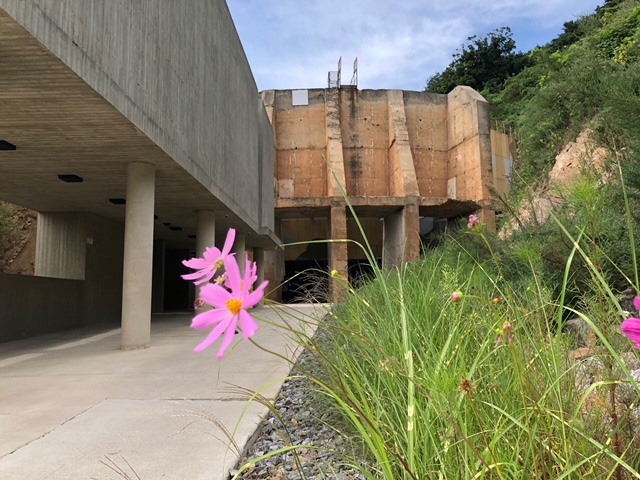 |
| Natural setting: The industrial site has been turned into a cultural site with many plants and flowers. VNS Photo Lê Hương |
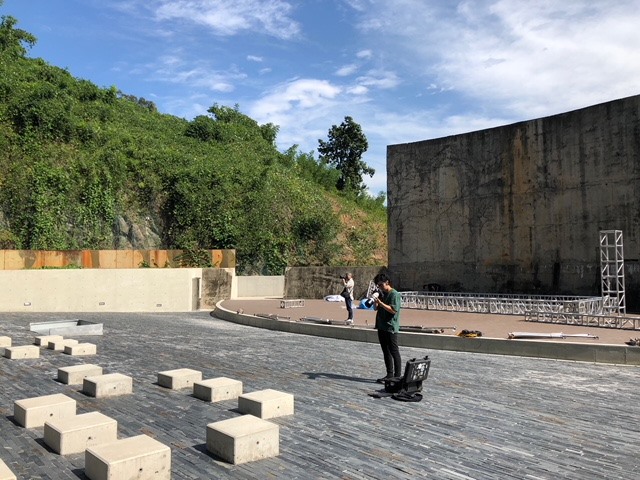 |
| Outdoor venue: The outdoor stage at Tank 2, a popular site for photographers. VNS Photo Lê Hương |
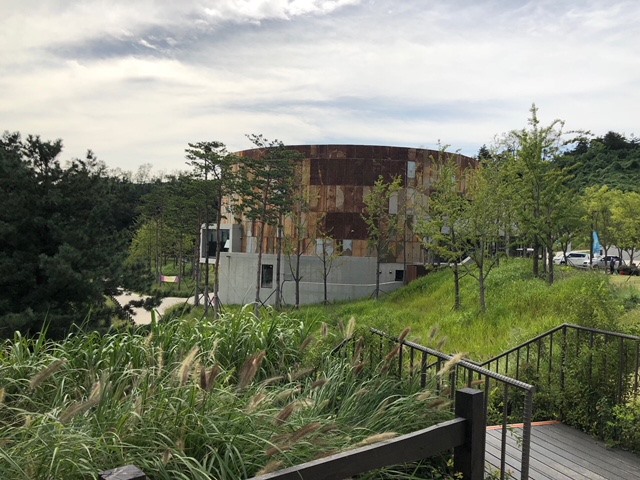 |
| Industrial: Tank 6 seen from afar. VNS Photo Lê Hương |
However, Lee said the most popular space for visitors is Tank 2.
Surrounded by more rocky features, Tank 2 is not reconstructed but left empty. The tank’s remaining lower walls, and shielding walls, by themselves, form a perfect structure for the outdoor stage.
“I like this natural stage,” said Tae Jihoon, a photographer working at the site. “It embraces the sky, mountain, and wind. It’s a good site for photos.”
“The surroundings work as a natural sound box, so you can see the stage does not have electronic speakers at all.”
Visitor Kim Seojun, however prefer Tank 3’s story.
“After walking up a gentle slope, I can see its rusting steel,” she said. “The tank is empty and isolated like an island, where I can get an aerial view of the whole valley. I enjoy the cool wind on the hill and think of the past and future.”
Tank 5 now serves as an exhibition hall, telling the past and present of the park. It displays the full story of the Oil Tank Culture Park through videos, objects and photos.
“I have visited various museums,” said Lee Haeun, a 6th grader visiting the site, “But I like this as I’m interested in oil and power.”
“I’m impressed with the circular route exhibition hall and enjoy 360-degree images projected onto the tank walls,” she said.
According to tour guide Lee, all the structures in the park are designed to use renewable energy produced by the geothermal heat pump for both cooling and heating.
“The park’s water supply for toilets is recycled from 30-tonne water processing facilities and 300-tonne rainwater recycling facilities,” she said.
"All constructions have been certified as Green Standard for Energy and Environmental Design buildings," she added. VNS

